La Catrina: Who is the Woman Behind the Day of the Dead?
Inside: Who was La Catrina and what did she represent?
“Death is democratic. At the end, regardless of whether you are white, dark, rich or poor, we all end up as skeletons.”
– José Guadalupe Posada
She’s a tall skeleton, wearing elegant turn-of-the-century dress. An extravagant hat full of flowers tops her grinning skull, and her neck is draped with a feather boa.
Many people around the world recognize her from Day of the Dead celebrations in Mexico: La Calavera Catrina.
She might grace a family ofrenda, stand as a ceramic doll in a shop window, or appear in a painted face in a Día de Muertos parade.
But where did come from, and what does she mean to Mexican culture?
Even as imagery from Day of the Dead becomes more commercialized and popular in the United States and other places, the meaning behind La Catrina is quite profound.
Let’s take a look at the history behind La Calavera Catrina!
Contents:
1. Who was José Guadalupe Posada?
2. Who was the first Catrina?
3. Where is the modern Catrina from?
4. What is her connection to Day of the Dead?
5. What does La Catrina symbolize?
Who Was José Guadalupe Posada?
First things first: to understand the meaning of La Catrina– and even much of the imagery in the Day of the Dead– we need to get to know José Guadalupe Posada a little.
Posada was a Mexican printmaker, illustrator, and cartoonist, born in 1852. He gained some notoriety in 1871, with a series of political cartoons that criticized the governor of Aguas Calientes.
In 1888, he moved to Mexico City to work for various newspapers. Posada was outspoken against the governmental corruption, along with the pretentiousness and excesses of the wealthy. He frequently used images on skulls and skeletons to represent the only truly democratic state of humans: death and the afterlife.
Posada’s illustrations were able to reach even the lower classes, many of whom could not read. Though he died without fame in his own time, his images of skulls and skeletons have since embodied the spirit of Day of the Dead.
Who Was the First Catrina?
In 1910, Posada created “La Calavera Garbancera,” her original name. At this time, she was portrayed as a skeleton donned in an elegant French dress, complete with white makeup, a fancy hat, and feather boa.
She was a caricature and critique of high-society women who valued European customs and disparaged their own Mexican ones.
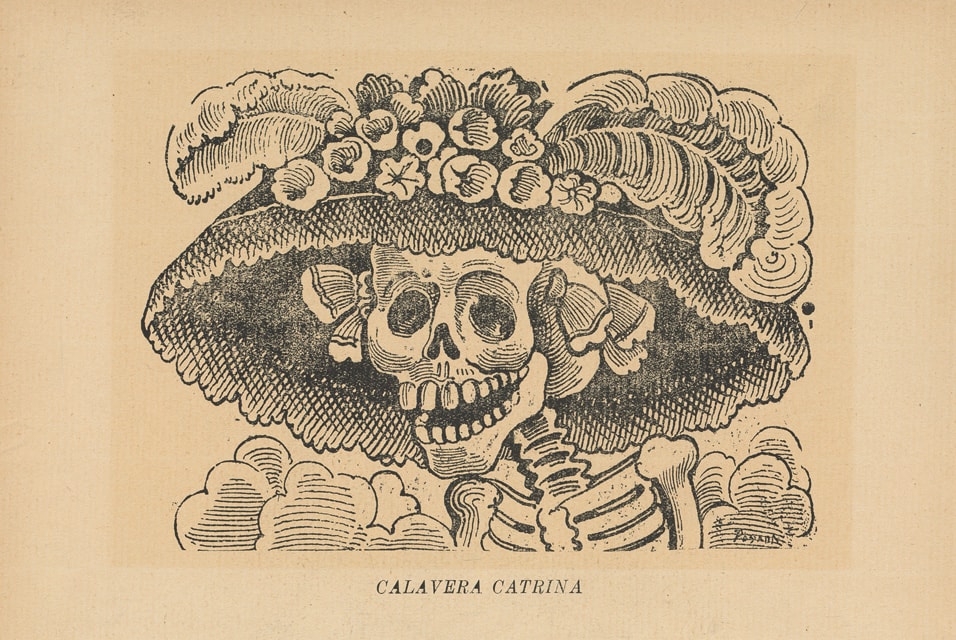
“La Calavera Garbancera“– or The Garbanzo Skeleton, was based on garbanzo sellers who had attained wealth. The caricature portrayed the women who then sought to hide their roots in favor of European styles. For context, this was at the cusp of the Mexican Revolution, when tensions between the aristocracy and other classes were especially high.
Where is the Modern Catrina From?
“Posada Museum, Aguascalientes” (CC BY 2.0) by MollySVH
In 1947, Diego Rivera incorporated this figure into the his mural Sueño de una tarde dominical en la Alameda Central.
Among the many people in the mural, he placed her between Frida Kahlo and Jose Guadalupe Posada.
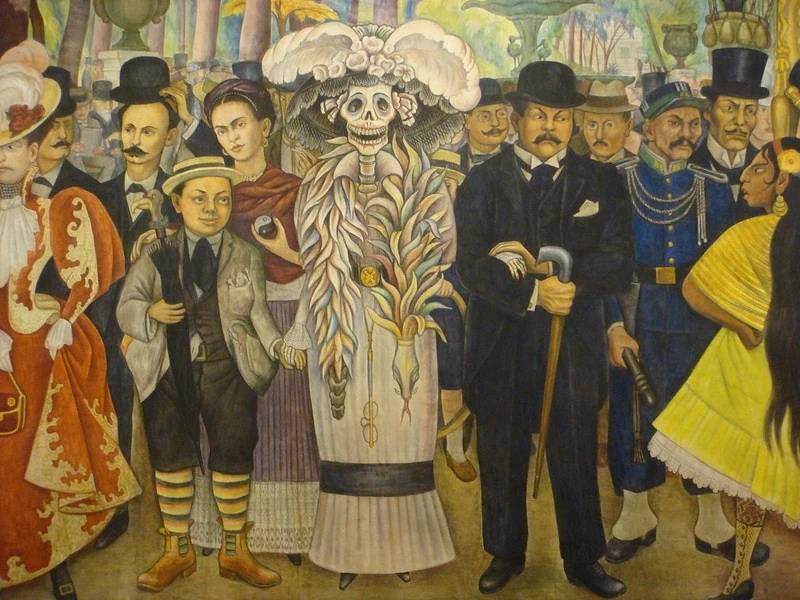
This was when she began to be called La Catrina. Catrina was a popular term at the time, used for well-dressed aristocrats. The End of Alameda Park mural is now at the Museo Mural Diego Rivera in Mexico City.
What is Her Connection to Day of the Dead?
Day of the Dead, celebrated November 1st and 2nd, is rooted in indigenous beliefs. For pre-Hispanic Mesoamerican groups, death was views in a more positive light and skulls were associated with continuation to the afterlife.
Thus the holiday today is replete with symbols of the afterlife, seen in decorative skulls and dancing calacas. These ancient rituals tended to laugh and make light of death, in the same way José Guadalupe Posada did through his illustrations using skeletons and skulls.
As the Catrina symbol grew in popularity, she began to appear in Día De Los Muertos festivities as well, along with a male version, Catrin.
Another connection can be drawn between La Catrina and ancient Aztec traditions. The goddess of death Mictecacihuatl was the first female representation of death, and queen of the underworld Chicunamictlan.
Mictecacihuatl – who is often depicted with flayed skin and a gaping, skeletal jaw – was linked to both death and resurrection. According to one myth, Mictecacihuatl and her husband collected bones so that they might be returned to the land of the living and restored by the gods.
– Day of the Dead: From Aztec goddess worship to modern Mexican celebration, The Conversation
What is the Symbolism of La Catrina?
The ubiquitous Catrinas remain a satirical symbol of those who value status and foreign customs over their own Mexican roots. For many, she stands for pride in Mexican and indigenous culture.
Much as Day of the Dead has evolved over the centuries, La Catrina is an expanding symbol who speaks to new generations. More recently, she has also been a symbol of protest for the lives lost to violence, missing students and others, and in protest of femicide.
Las Catrinas, like sugar skulls, remind us that we will all be bones one day– regardless of the wealth we accumulate or the facades we’re able to erect within our lifetimes. She beckons us to think of death as part of life.
In this way, though Catrina is primarily a symbol of Mexican culture, she holds lessons for all of us.
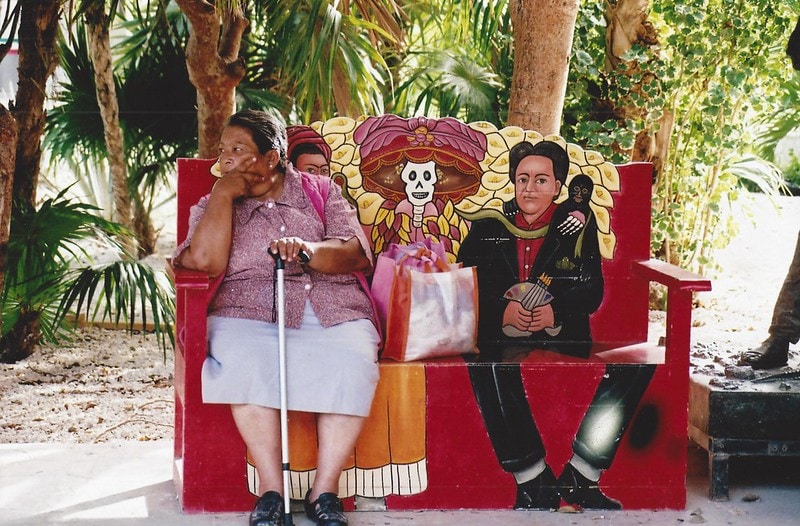
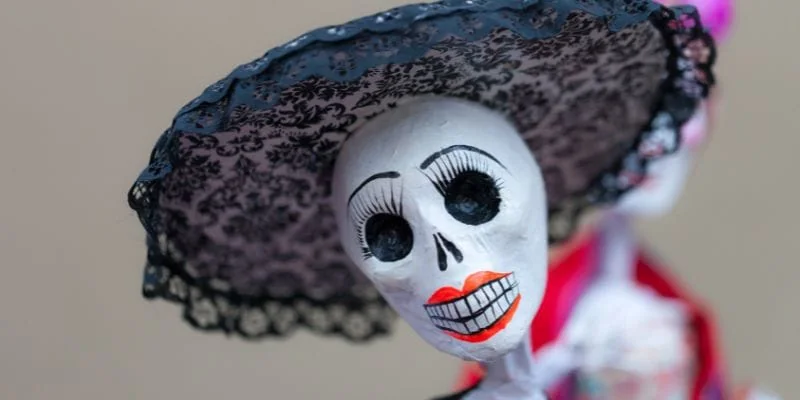

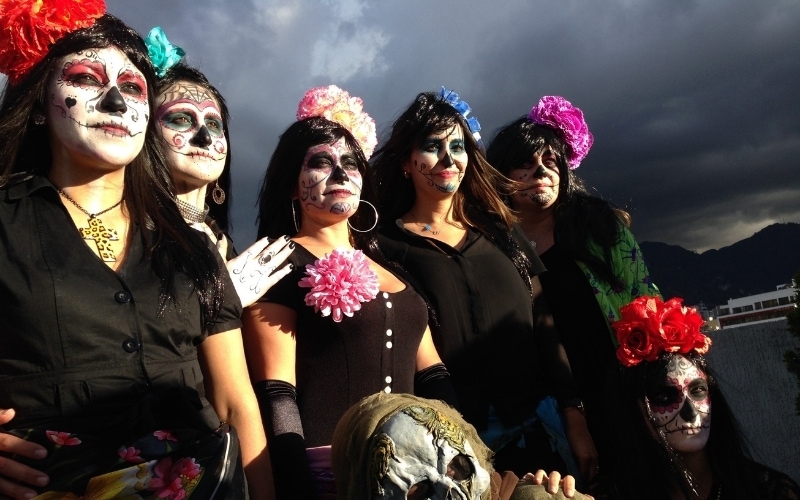
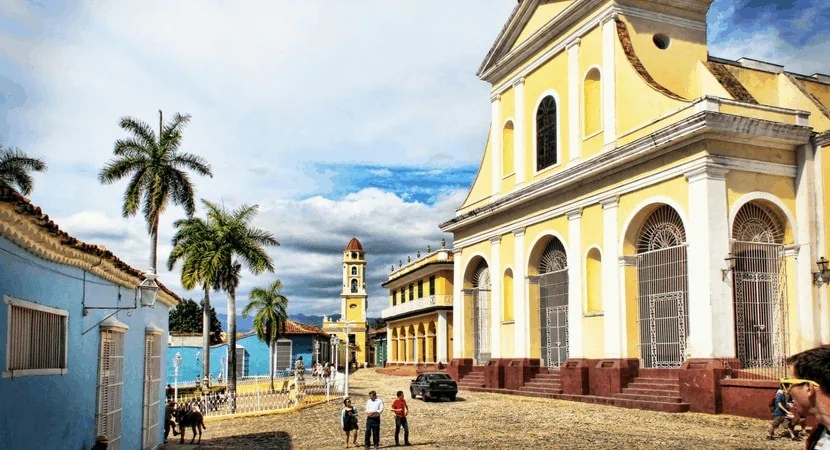

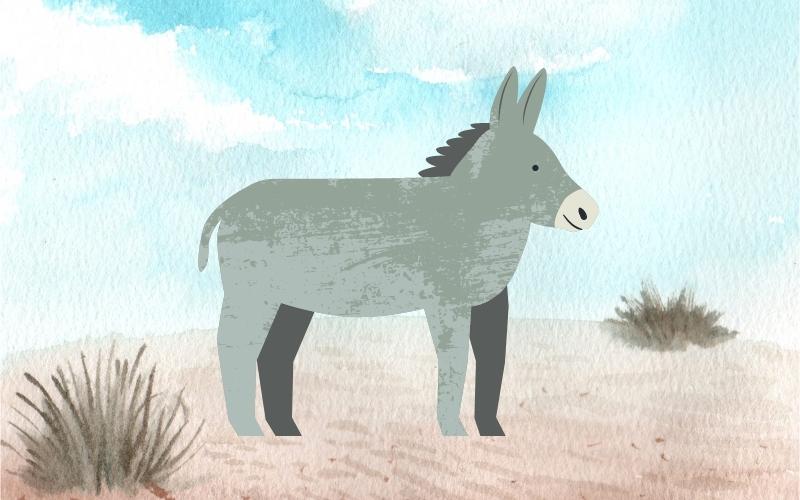

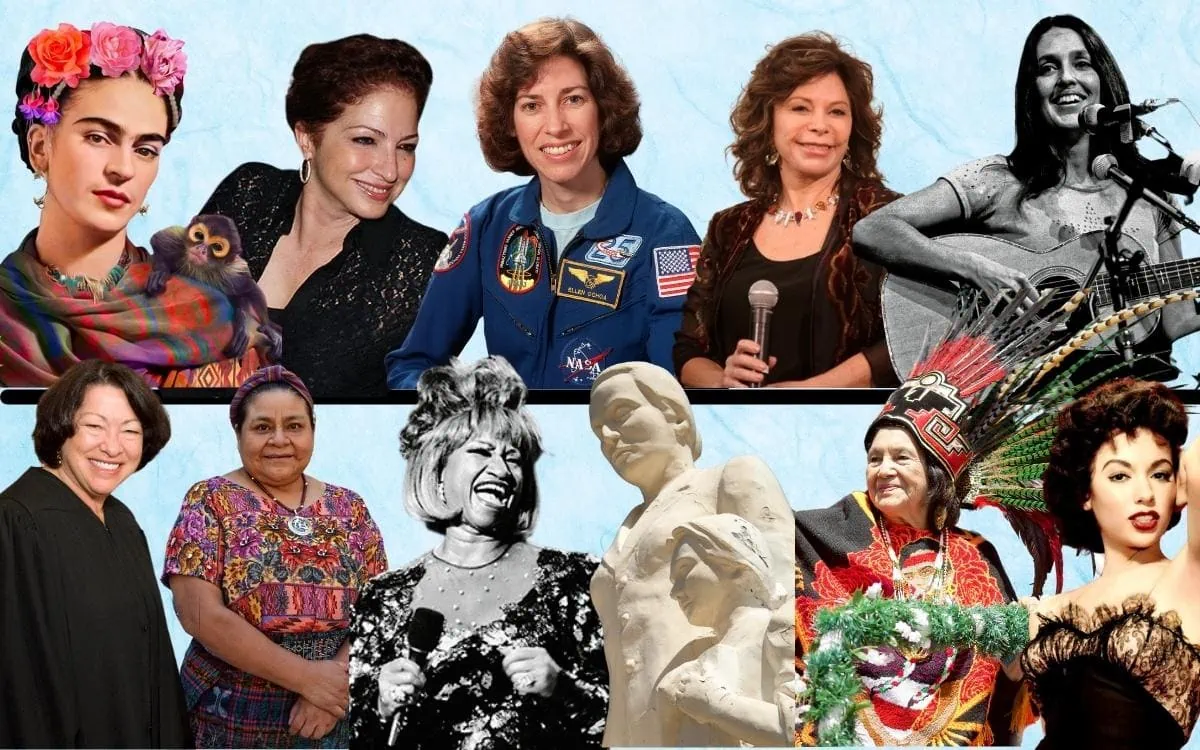
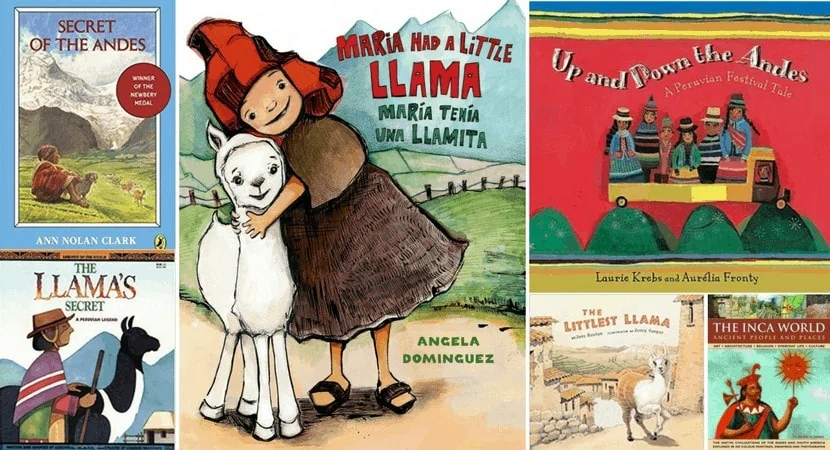
this has been a art that I love.
now it has a good meaning and I want to do more art on it.
it makes me feel a live In so mean way